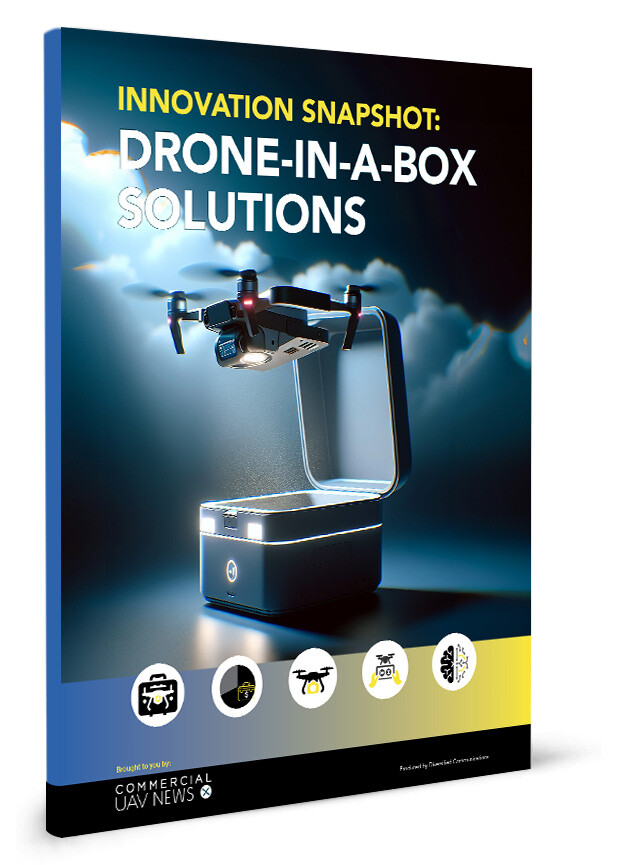At XPONENTIAL 2024, multiple FAA representatives outlined their approach to integrating drones into the airspace, with the key focuses being around data and safety. Using data to make better and more informed safety-related decisions is something the organization is committed to at multiple levels, but how exactly are they defining “data” in this context and for the drone community? That very question was explored in depth during the What Does UAS Data Mean to YOU? Let’s Define It! panel.
Moderated by Michelle Duquette from the MITRE Corporation, the panel discussed how the drone industry is being shaped by UAS data in multiple dimensions. It’s not just the data itself that is making an impact though, but the approach to capturing and utilizing this data by both industry and government. It’s a process that can sometimes be ambiguous in a way that isn’t helpful to anyone.
“Instead of just saying ‘no’ we’ll often say we need more data, when the reality is the industry would be better served with a more definitive answer,” said Tonya Coultas, FAA Associate Administrator, Security & Hazardous Materials Safety.
That feedback hinted at what can be a circular issue, where the FAA wants data in order to determine that a given operation is safe, but industry stakeholders need to be able to perform tests to capture that data. It’s a challenge that can be especially frustrating for industry stakeholders in light of how much information they’ve already provided.
“We’ve collected a ton of data,” said Lisa Ellman, Partner at Hogan Lovells LLP and Executive Director of Commercial Drone Alliance. “With the right direction, we can capture more, but we also need to use what we have.”
Many government stakeholders recognize this challenge, but the solution isn’t a simple one given the systems and processes that were established to keep aircraft separated safely.
“We have a regulatory framework that doesn't fit with the technology but it’s gotten better,” said Angela McCullough, UAS Integration Office Deputy Executive Director at the FAA. “What we have works well for legacy but not UAS so we need to sort out how to use data that's been collected to move forward.”
Industry stakeholders can sometimes be at odds with one another when it comes to what data they’re providing to the FAA, but it’s an issue that the organization can help solve by make the entire process more transparent.
“There’s often a disincentive for industry share data, but it’s a two-way street,” said Okeoma Moronu, Head of Global Aviation Regulatory Affairs at Zipline. “That’s why we need to develop the connectivity that’s necessary for integration.”
The panel discussed what this integration looks like in terms of both process and policy, with all of the participants detailing how stakeholders on each side of the issue can support a better process. The panel provided attendees with action items related to how they can be part of this process in a way that benefits them individually as well as the entire drone community.
“Without the transformation of data into information, it falls away,” said Duquette. “A lot of data has been collected, collected a lot of data, so the questions now are about what more needs to be collected and shared. Those are the answers that will take us to the next level.”















Comments